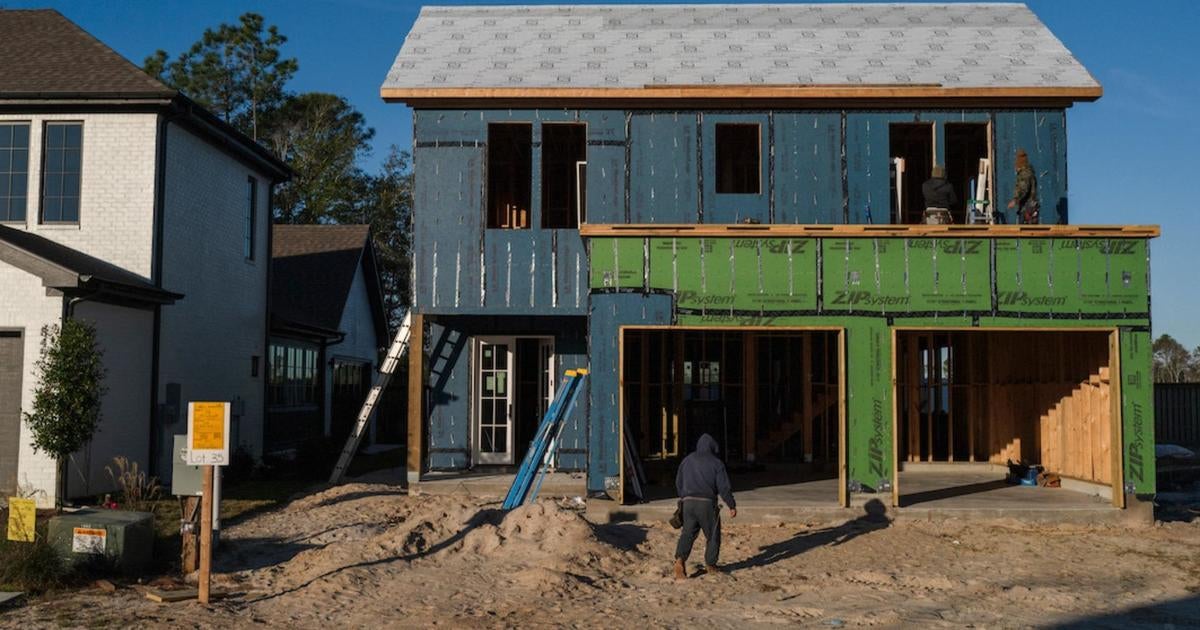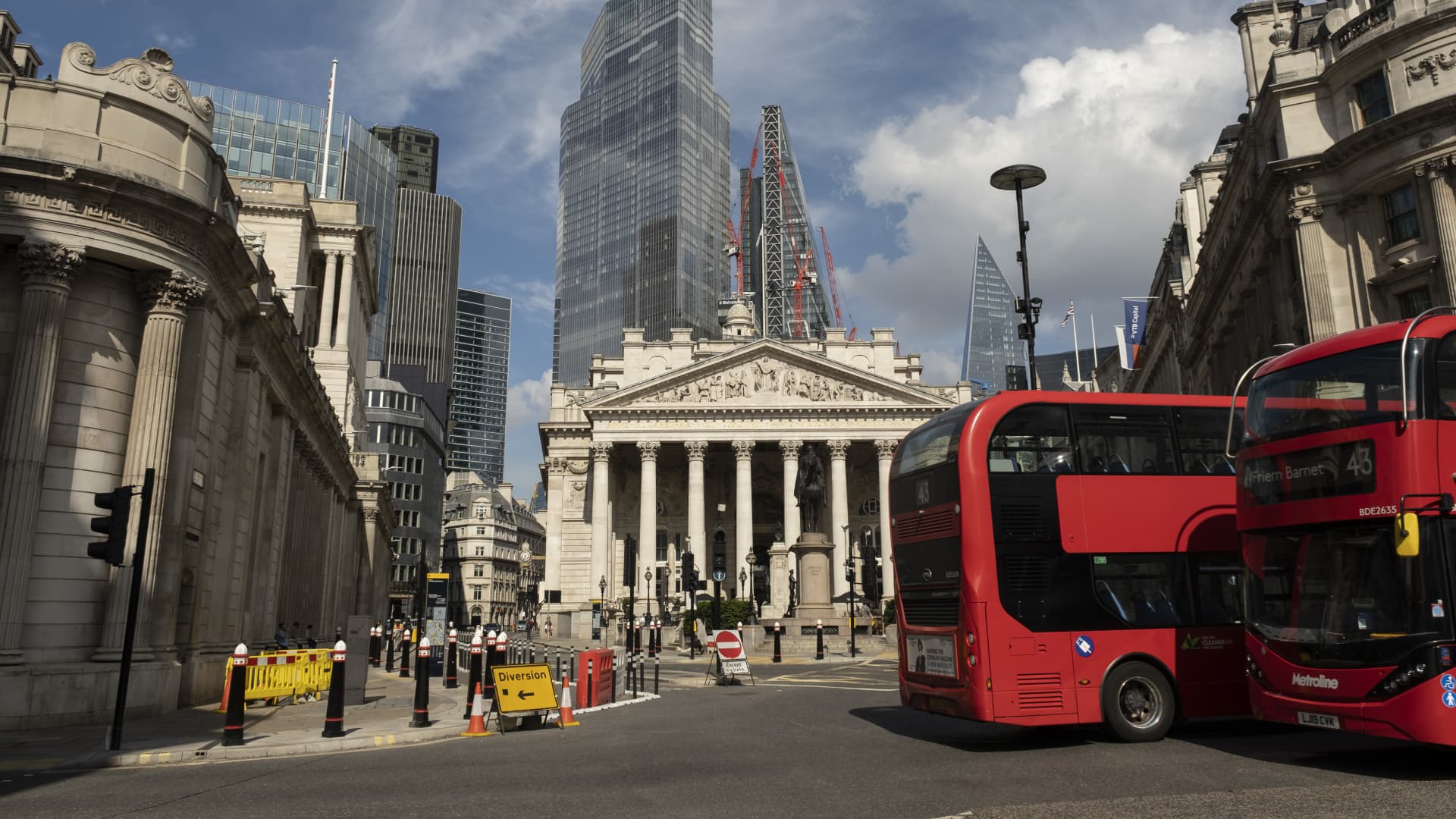The Hidden Costs of Trump’s Tariffs: Understanding Their Impact on Home Construction Prices
As tariffs reshape the economic landscape, the home construction industry faces significant challenges. The imposition of tariffs, particularly during the tenure of former President Donald Trump, has had profound implications on various sectors, with home construction being no exception. This article delves into how these trade policies could lead to rising prices and altered supply chains in the housing market, ultimately affecting homeowners and builders alike.
Understanding Tariffs and Their Purpose
Tariffs are taxes imposed on imported goods, designed to protect domestic industries from foreign competition. By making imported products more expensive, the intention is to encourage consumers to buy domestically produced goods. However, the ramifications of such policies can be far-reaching, particularly in an industry as interconnected as home construction.
During Trump’s administration, tariffs were placed on a wide range of products, including steel and aluminum, which are crucial materials in construction. According to the U.S. Census Bureau, the construction industry relies heavily on imported materials, and any increase in costs can significantly affect overall pricing.
The Direct Impact of Tariffs on Home Construction Prices
The hidden costs of Trump’s tariffs can be seen directly in the rising prices of materials. For instance:
- Steel and Aluminum: Tariffs on steel increased prices by approximately 25%, while aluminum tariffs saw similar hikes. These materials are fundamental in constructing homes, affecting everything from structural components to roofing.
- Lumber: Although not directly tariffed, the lumber market has been influenced by tariffs on softwood lumber from Canada, leading to price fluctuations that hit builders hard.
- Other Materials: Tariffs extended to various imported goods, such as tiles, plumbing fixtures, and electrical components, contributing to overall cost increases.
These higher material costs translate directly into increased home prices. A report by the National Association of Home Builders (NAHB) indicated that tariffs added an estimated $9,000 to the cost of constructing a single-family home. This increase can be a significant barrier for potential homebuyers, especially in an already competitive market.
Supply Chain Disruption: A Broader Perspective
Beyond direct cost increases, Trump’s tariffs have led to substantial disruptions in supply chains. As builders face rising costs for materials, they also encounter delays in procurement. Many construction companies rely on just-in-time inventory systems, where materials are ordered as needed. Tariffs have forced some companies to rethink their strategies:
- Shifts in Sourcing: Builders may pivot to alternative suppliers or materials, which can lead to inconsistent quality and availability.
- Increased Lead Times: The time it takes to secure materials has lengthened, delaying projects and increasing overall costs.
- Labor Costs: With rising material costs, many builders are squeezing their margins, which can result in lower wages for workers or cutbacks on labor, affecting project quality.
These supply chain disruptions have broader implications not just for builders, but for local economies and housing markets. As construction slows due to material shortages, the availability of new homes decreases, exacerbating affordability issues in many regions.
The Ripple Effects on Homebuyers and the Housing Market
The hidden costs of Trump’s tariffs extend beyond builders to directly impact homebuyers. As construction costs rise, the following outcomes are likely:
- Higher Home Prices: Increased construction costs will inevitably push home prices higher, making it more challenging for first-time buyers to enter the market.
- Reduced Housing Supply: With builders facing slim profit margins, some may delay or cancel projects, further constraining the housing supply.
- Market Stabilization Challenges: As prices rise, the market may experience volatility, making it difficult for buyers to predict future costs.
All these factors combine to create a challenging environment for potential homeowners, leading to a cycle of increased demand and dwindling supply that can stymie housing market recovery efforts.
Shifting Strategies for Builders
In response to the challenges posed by tariffs, many builders are re-evaluating their business strategies. Here are some approaches being adopted:
- Local Sourcing: Builders are increasingly looking to source materials locally to mitigate the impact of tariffs and reduce transportation costs.
- Value Engineering: This practice involves redesigning projects to use less expensive materials or techniques without compromising quality, helping to control costs.
- Innovative Building Techniques: Some builders are exploring modular and prefabricated construction methods that can reduce waste and lower costs.
By adapting to the new economic realities, builders can navigate the complexities introduced by tariffs and continue to provide homes for a growing population.
Looking Ahead: The Future of Home Construction
As the home construction industry grapples with the hidden costs of Trump’s tariffs, it is essential to stay informed about potential changes in trade policies and material availability. While the current environment poses challenges, it also presents opportunities for innovation and adaptation.
Homebuilders who embrace new technologies and strategies can remain competitive, even in a turbulent market. Furthermore, as the economy evolves, there may be a shift towards more sustainable practices that can benefit both the industry and the environment.
Conclusion
The hidden costs of Trump’s tariffs on home construction prices highlight the intricate relationship between trade policies and the housing market. While these tariffs were intended to protect American industries, their unintended consequences have led to increased prices, disrupted supply chains, and challenges for both builders and homebuyers.
By understanding these dynamics, stakeholders in the housing market can better prepare for future developments and work towards more resilient strategies that can withstand both economic and environmental pressures. Ultimately, a collaborative approach that includes builders, policymakers, and homebuyers will be essential to navigate the complexities of the modern housing landscape.
See more CCTV News Daily



